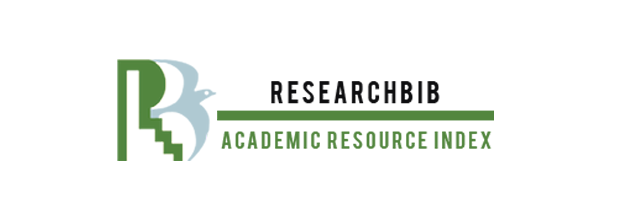مغل حکمرانوں اور مشائخ نقشبندیہ کے باہمی تعلقات کے اسباب: ایک تحقیقی مطالعہ
The Reasons for the Mutual Relations between Mughal Rulers and Naqshbandi Shaikhs: An Analytical Study
Keywords:
Mughal Rulers, Naqshbandi Sufis, Islamic Propagation, Din-i-Ilahi, Spiritual Authority, Ideological Alignment, Public Influence, Religious ReformAbstract
The Mughal Empire, enduring for approximately three and a half centuries in India, established its dominance through military conquests while earning public allegiance through service and religious engagement. A defining feature of this era was the robust relationship between Mughal rulers and Naqshbandi Sufis, who held significant spiritual and religious influence among the populace. This study investigates the factors fostering these mutual relations, emphasizing their shared commitment to promoting Islam, ideological alignment, and widespread public acceptance. From Babur to Aurangzeb Alamgir, both parties collaborated to preserve and propagate Islamic teachings, despite challenges posed by Akbar’s Din-i-Ilahi. The research explores how the Naqshbandi Sufis’ spiritual authority and intellectual prowess complemented the Mughal rulers’ religious zeal, resulting in a synergistic partnership that profoundly shaped India’s religious and cultural landscape. It highlights the progressive nature of both groups, their aligned objectives, and their collective efforts in countering religious deviations, thereby reinforcing Islam’s presence in the subcontinent.








